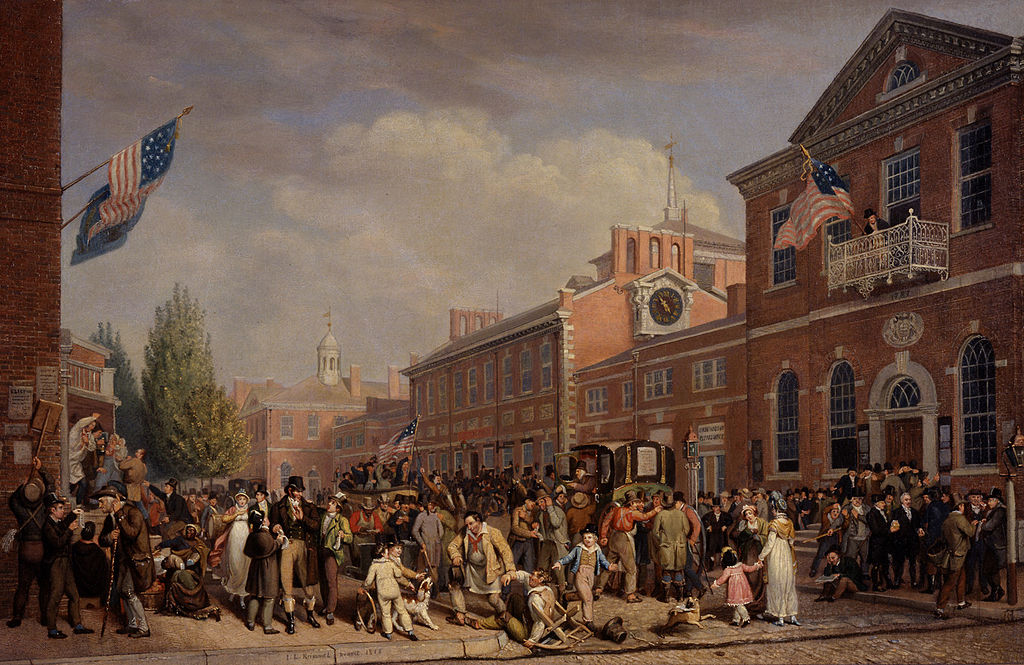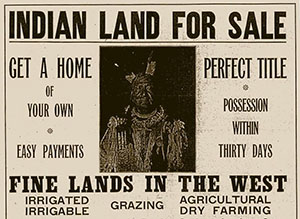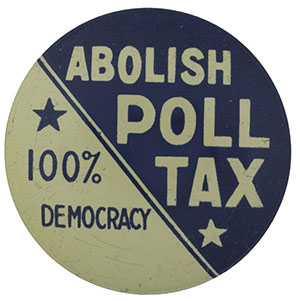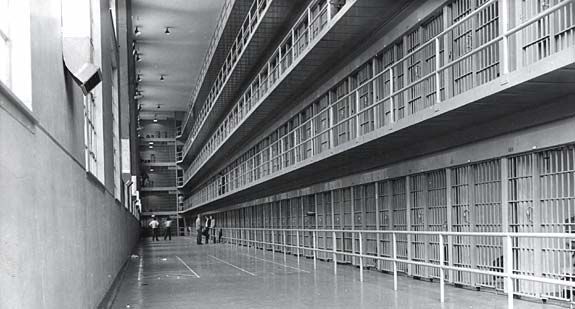Voting Rights in the United States
Page Content
1787
U.S. Constitution. States are given the power to regulate their voting laws, primarily enfranchising white, male property owners and taxpayers (about 6% of the population).
1790
Naturalization Act of 1790. Free white immigrants can become U.S. citizens.
1792-1838
Free black men lose the right to vote in many northern states.
1792-1856

States abolish property qualifications to voting for white men, which effectively brings about near-universal white male suffrage.
Election Day in Philadelphia in 1815 by John Lewis Krimmel is shown here. (Courtesy of Wikimedia Commons)
Enlarge Painting
1828
Maryland passes legislation enfranchising Jewish men, becoming the last state to remove religious restrictions to voting.
1848
Treaty of Guadalupe-Hidalgo. Citizenship is granted to Mexicans living in territory conquered by the U.S. but their vote is suppressed with discrimination and violence.
1868
14th Amendment. Citizenship is granted to people born or naturalized in the U.S.
1870
15th Amendment. States cannot deny the right to vote on grounds of race, color, or previous condition of servitude, though many states erected legal barriers to voting through poll taxes, literacy tests, and the sanctioned terrorism of people of color.
1876
Supreme Court rules that Native Americans are not citizens as defined by the 14th amendment.
1882
Chinese Exclusion Act. People of Chinese ancestry are barred from naturalizing as U.S. citizens.
1887

Dawes Act. Citizenship and suffrage granted to Native Americans who disassociate from their tribe and assimilate into white American society. A U.S. Department of the Interior advertisement offering "Indian Land for Sale" in 1911 is shown here. (Courtesy of Wikimedia Commons)
Expand Image
1890
Indian Naturalization Act. Native Americans can now apply for citizenship in a manner similar to other foreign nationals.
1913
17th Amendment. Voters, rather than state legislatures, can directly elect their senators.
1919
Native Americans who served in the U.S. military are given voting rights.
1920
19th Amendment. Women cannot be denied voting rights on the basis of sex.
1922-1923
Supreme Court rules that people of Japanese and South Asian heritage are ineligible to become citizens.
1924
Indian Citizenship Act. All Native Americans are enfranchised as U.S. citizens regardless of their tribe or nation.
1943
Magnuson Act. Chinese immigrants are given citizenship and voting rights.
1952
McCarran-Walter Act. Citizenship is open to all people of Asian ancestry.
1961
23rd Amendment. Washington DC residents gain the right to vote in presidential elections.
1962-1964
The Warren Court establishes the “one man, one vote” system whereby states must redraw voting districts so that voting power remains relatively equal.
1964

24th Amendment. Poll taxes are prohibited from federal elections. An anti-poll tax button from the 1940s is shown here. (Courtesy of National Museum of American History, Smithsonian Institution)
1965
Voting Rights Act of 1965. Landmark legislation that tackles discrimination in elections, as well as provides protection for racial and language minorities to register and vote.
1966
Supreme Court prohibits both tax payment and wealth requirements in state elections.
1971
26th Amendment. Lowered the voting age from 21 to 18 in response to protests of the Vietnam War which argued that those old enough to be drafted should be eligible to vote.
1986
Uniformed and Overseas Citizens Absentee Voting Act. Gives voting rights to Americans serving on bases and ships both at home and abroad.
1993
National Voter Registration Act. Makes voter registration available at the Department of Motor Vehicles.
1996-2008

Twenty-eight states pass laws re-enfranchising felons who lost voting rights while incarcerated. Oregon felons may vote upon release from prison. A view looking down the ground floor hallway of the D-Block of the Oregon State Penitentiary in 1953 is shown here. (Oregon State Archives Image)
Enlarge Image
2000
Supreme Court rules that residents of U.S. territories like Puerto Rico, Guam, and American Samoa (over 4 million people), though citizens, cannot vote in presidential elections and have no representation in Congress.
2009
Military and Overseas Empowerment Act. Establishes a more efficient means for expats and troops overseas to vote by mail or electronically.
2013
Supreme Court rules that part of the
Voting Rights Act is unconstitutional, removing a mandate that if states or local governments want to change their voting laws they must appeal to the federal government.
Next: A Chronology of Woman Suffrage Organizations >